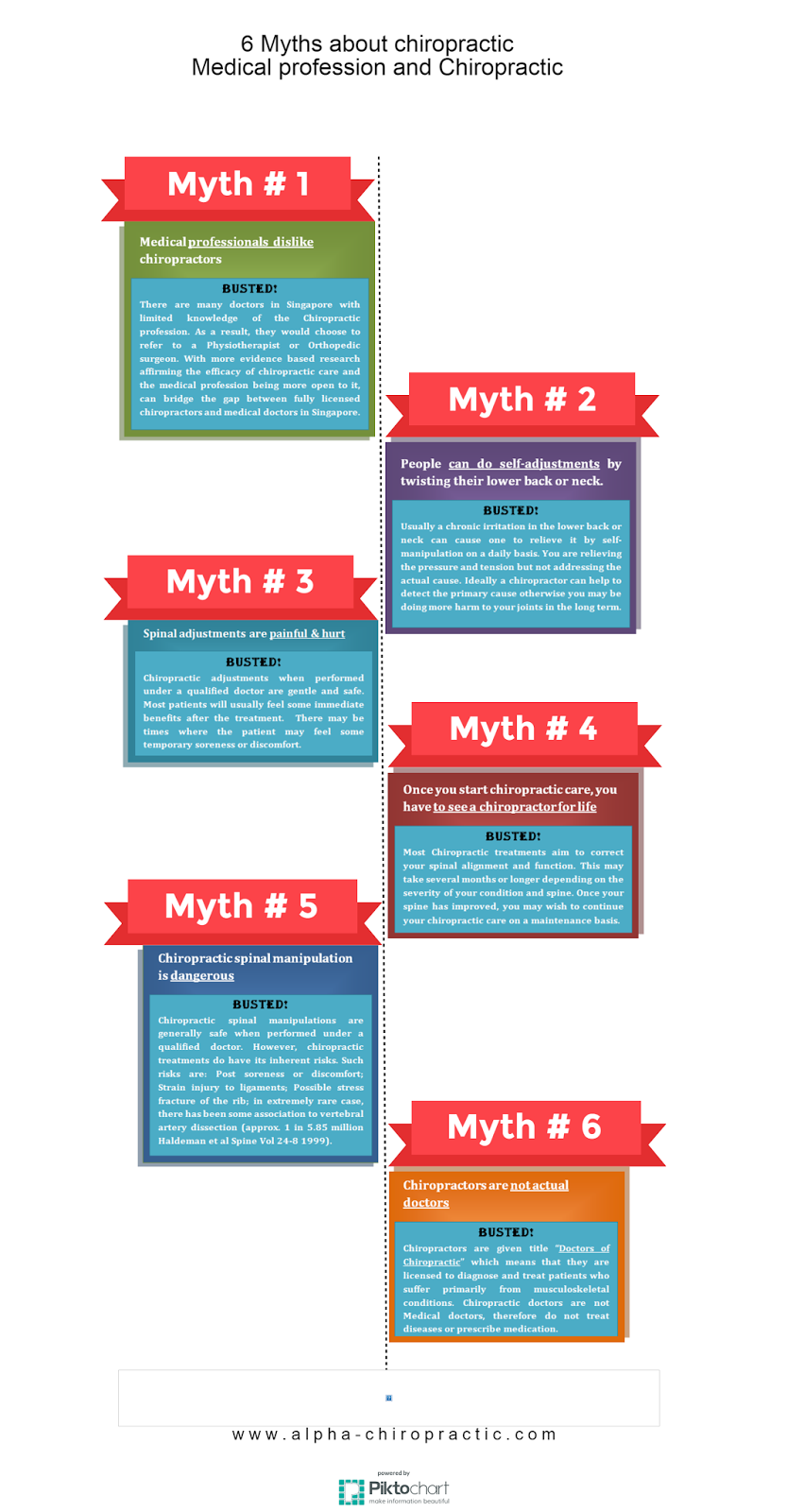Investigate The Distinct Advantages Of Acupuncture As We Compare It With Standard Discomfort Management Methods You Might Already Understand. What Might Capture You Off-Guard?
Investigate The Distinct Advantages Of Acupuncture As We Compare It With Standard Discomfort Management Methods You Might Already Understand. What Might Capture You Off-Guard?
Blog Article
Web Content By-Drejer Oddershede
When you consider pain administration alternatives, you may find yourself weighing the pros and cons of numerous methods, consisting of acupuncture, over the counter medications, and physical treatment. While lots of approaches use alleviation, they typically include their own collection of obstacles, like negative effects or extensive therapy times. Acupuncture attracts attention for its one-of-a-kind ability to promote self-regulation with fewer dangers. Yet exactly how does its performance compare to more conventional techniques? The subtleties of these techniques can significantly impact your options, and discovering them even more might bring about unusual insights.
Overview of Pain Administration Techniques
When it comes to taking care of discomfort, you have a selection of techniques at your disposal. These approaches can vary from conventional strategies to a lot more alternative therapies. Understanding your options is important in finding what works best for you.
One common strategy is non-prescription medicines like advil or acetaminophen, which can give quick relief for light to moderate pain. Prescription medicines, consisting of opioids, might be essential for more extreme pain, though they feature risks of dependence and negative effects.
Physical treatment is an additional efficient technique, focusing on workouts and stretches to strengthen muscular tissues and boost wheelchair. This technique often assists in taking care of persistent pain conditions.
Additionally, some individuals turn to even more holistic choices, such as massage therapy, which can relieve tension and enhance flow.
Mind-body strategies, like mindfulness meditation or yoga, help you handle discomfort by decreasing stress and improving your psychological strength.
Finally, way of life adjustments, such as maintaining a healthy and balanced diet plan and routine exercise, can play a crucial role in overall pain management. Each method has its pros and cons, so it's vital to discover what matches your needs and preferences best.
Perks of Acupuncture
Acupuncture offers an one-of-a-kind method to pain monitoring that stands out among different strategies. By Chiropractic for better sleep Salt Lake City on your body, it stimulates the circulation of energy, or "qi," advertising natural recovery and reducing discomfort.
Among the largest benefits is its very little negative effects. Unlike some drugs, which can bring about dependence or unwanted wellness problems, acupuncture is a holistic therapy that motivates your body's self-regulation.
You'll likely locate that acupuncture sessions can help ease persistent pain, headaches, and even tension. Many people experience a feeling of relaxation and well-being during and after treatment, which can boost total quality of life.
Plus, it's a flexible option; it can be used together with other therapies, making it a great complement to your existing pain administration plan.
An additional significant benefit is that acupuncture can be tailored to your details needs. Your practitioner will assess your problem and create a personalized treatment plan, guaranteeing you get the treatment that finest sustains your recuperation.
With its ancient roots and growing acceptance in modern medication, acupuncture sticks out as a compelling option for pain alleviation.
Comparing Effectiveness and Results
Discomfort management techniques vary extensively in their performance and end results, making it crucial to understand how they compare to each other. When thinking about options like acupuncture, physical therapy, and medication, you'll locate unique differences in exactly how each approach addresses pain.
Acupuncture, for example, commonly provides alleviation for persistent discomfort problems, with research studies revealing significant improvements in pain degrees for many clients.
In contrast, medicines like opioids can effectively take care of acute pain but bring dangers of dependence and side effects.
Physical treatment concentrates on rehabilitation and may take longer to show outcomes, which can be annoying if you need immediate alleviation.
When examining these techniques, think about your particular discomfort kind and your personal wellness goals. Some individuals locate that a combination of methods functions ideal for them.
For instance, you could take advantage of acupuncture sessions along with physical therapy to maximize recovery.
Inevitably, recognizing https://www.ajmc.com/view/access-to-chiropractic-care-and-the-cost-of-spine-conditions-among-older-adults and end results of each technique will certainly aid you make informed choices about your discomfort management strategy, enabling you to select the approach that best suits your needs and way of life.
Conclusion
In summary, acupuncture stands apart as a beneficial alternative to conventional pain management techniques. It provides quick alleviation and promotes self-regulation without the risks of dependence associated with medications. While physical therapy might demand even more time for outcomes, acupuncture can offer prompt advantages, making it an attractive alternative for those seeking relief from persistent pain and stress. By including acupuncture into your discomfort monitoring plan, you can boost your total wellness and reclaim control over your health and wellness.
